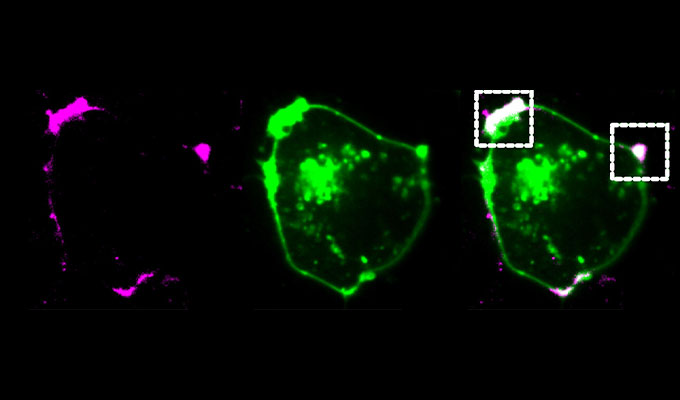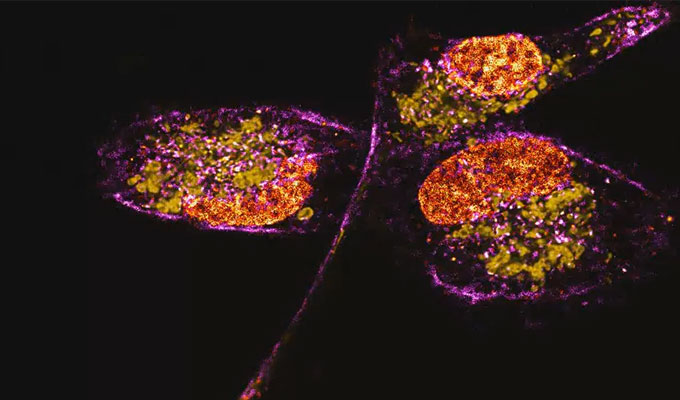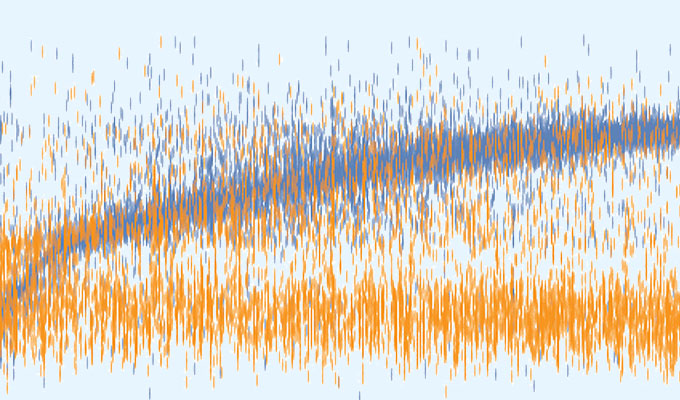MIC-Drop- a platform for large-scale in vivo CRISPR screens
Speaker: Saba Parvez Moderator: Zach Brandt
Online live: Sep 05, 2023 12:00 PM EST Posted: Oct 10, 2023 Views: 4294
Abstract
CRISPR-Cas9 is a powerful tool to interrogate gene function in a targeted and systematic manner. Although the technology has been scaled up for large-scale genetic screens in cell culture, similar scale screens in vivo have been extremely challenging due to the cost, labor, and time required to generate and keep track of thousands of mutant animals. We reported the development of Multiplexed Intermixed CRISPR Droplets (MIC-Drop), a platform that makes large-scale reverse genetic screens possible in zebrafish. In this webinar, we will share the details of this technique and discuss best practices for performing MIC-Drop screens in zebrafish.
The speakers will discuss:
· Steps to successfully perform a large-scale CRISPR screen in zebrafish using the MIC-Drop platform
· Possible directions to expand the applicability of MIC-Drop
Speaker

Saba Parvez, Ph.D.
Postdoctoral fellow, Department of Pharmacology & Toxicology, University of Utah, Salt Lake City, UT
Saba Parvez is a postdoctoral fellow in Dr. Randy Peterson’s laboratory at the University of Utah. Saba received his PhD in Chemistry and Chemical ...
View more
Moderator

Zach Brandt, Ph.D.
Postdoctoral fellow, Department of Pharmacology & Toxicology, University of Utah
Zach Brandt is a postdoctoral fellow in Dr. Randall Peterson’s laboratory at the University of Utah. Zach received his PhD in Cell and Developmenta...
View more
Keywords
Zebrafish, High-throughput CRISPR screen, Microfluidics
Do you have a question about this webinar?
Post your question, and we'll invite the webinar speaker to respond. You're welcome to join the discussion by answering or commenting on questions ( Note: Not all questions, especially those not directly relevant to the webinar topic, may be answered by the speaker. ).
Tips for asking effective questions
+ Description
Write a detailed description. Include all information that will help others answer your question.
31 Q&A
I will be more then happy if they can suggest how we can use this technique in plant science application



